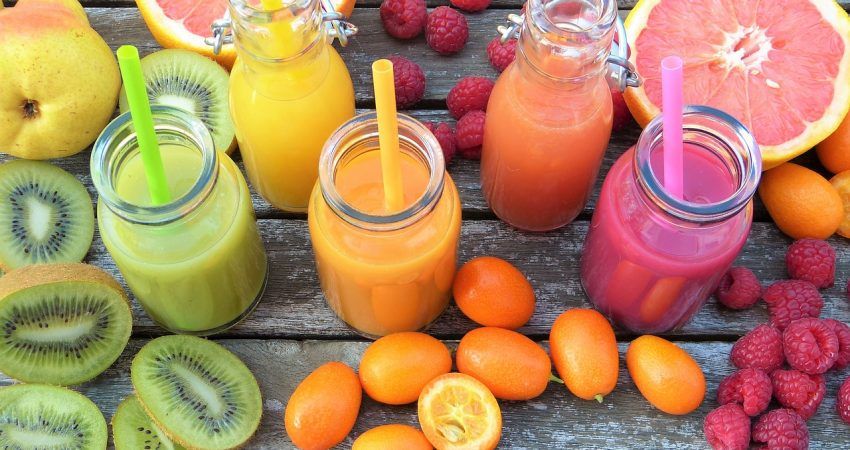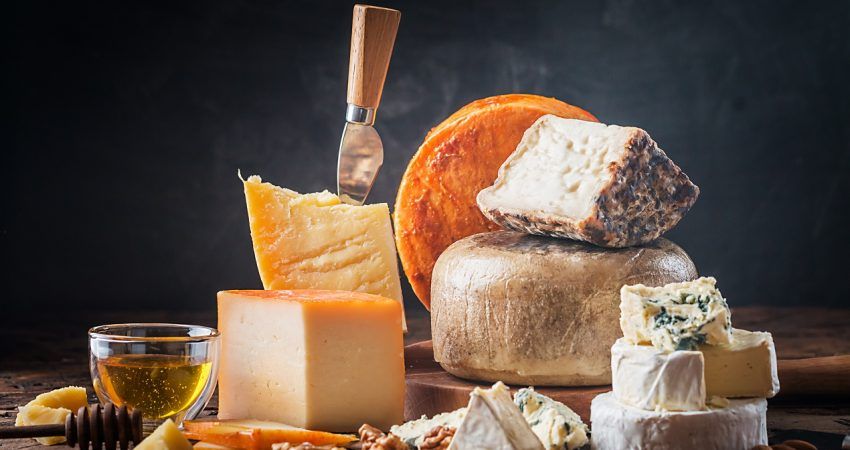
If not plastic straws, then what are the alternatives to straws
If not a plastic straw, then what?
Plastic straws contribute to environmental degradation. There are currently many alternatives available – find out what you can replace plastic with.
A ban proposed by the European Union, city ordinances or a change in corporate policy – plastic straws are attacked from all sides as being responsible for littering beaches and oceans and harming sea creatures.
But conservation efforts are starting to pay off. McDonalds in its UK restaurants, for example, has done away with plastic straws, replacing them with ecological paper straws as a step towards eliminating them altogether in the country. But the fast-food chain recently avoided discussing the problem in the U.S. by claiming it is working on a comprehensive solution that includes all packaging coming from biodegradable or recycled materials by 2025. Meanwhile, environmentalists estimate that Americans use 500 million straws every day.
In Malibu, California, one restaurant’s response to the ban on plastic utensils, including straws, is pasta. But consumers who are concerned about plastic ending up in the nostrils or digestive tracts of sea creatures have other alternatives. The most obvious would be to stop using straws altogether. But in a situation where a straw is desirable, here’s what you can replace it with:
Straws made of straw
In previous centuries, people used stalks of grain to drink beverages, and straw straws are still around, offering biodegradability. Unfortunately, the durability of such straws leaves a lot to be desired and a straw made of bamboo will not always allow you to finish your drink.
Patented in 1888. Paper straws were mostly replaced by plastic ones in the 1960s. The earphones of the 1970s. Nevertheless, this old-school, disposable alternative to plastic straws is still available. Now they’re back in a big way. Affordable prices and a large selection of designs and colors (over 25) available at this online paper straws store.
The bamboo straw is a reusable option, and many companies produce straws using the all-natural material. Downside: stiffness, which can cause palate piercing in children.
Glass straws are another reusable option and – at least in theory – a durable alternative. The downside is the brittleness of the material and stiffness which also makes them unsuitable for children.
Reusable straws made of stainless steel or other metals such as aluminum or even silver or… titanium! Cons: stiffness – see above. The issue of thorough cleaning is also a problem.
PLA plastic straws
Biodegradable plastic does not exist. Most plastics labeled as biodegradableDecomposes only under conditions found in industrial composts (i.e. at temperatures above 50°C) and does not degrade faster than conventional plastics in home composters. Few (if any) plastics labeled as biodegradable will break down faster than conventional plastics in marine environments.
Disposable straws, quite expensive and not easily available. There is also the question of what happens to such a straw after use. Opponents claim that it can lead to „throwing away food”.

